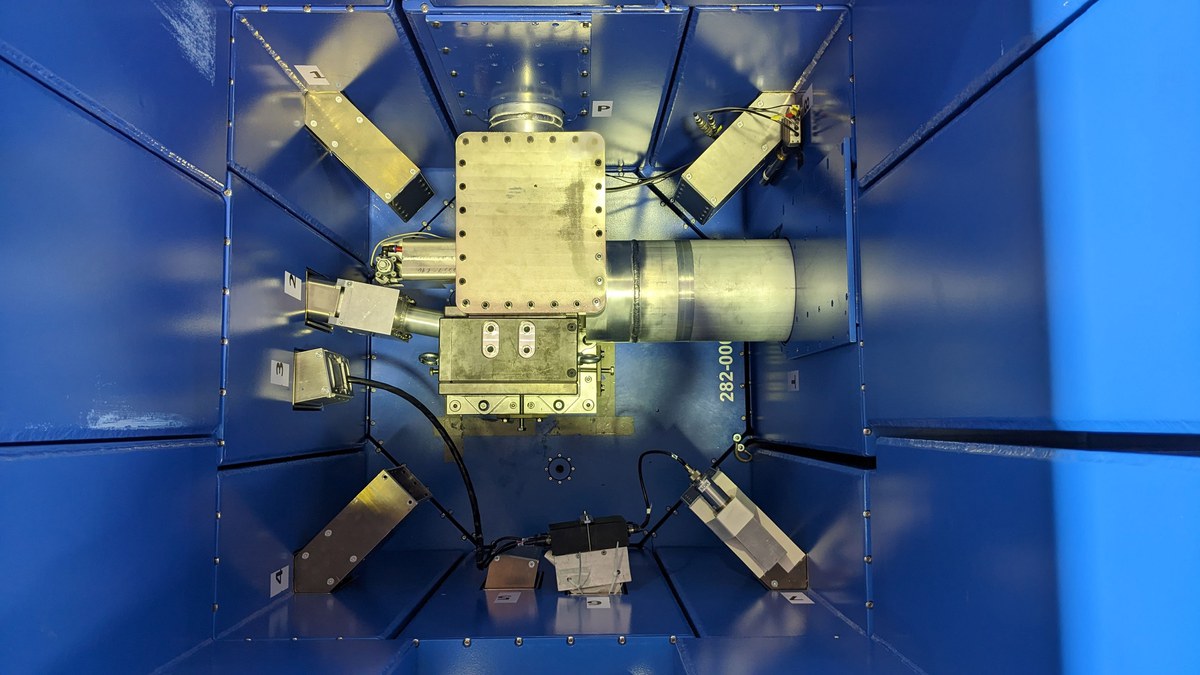Brilliantes Prinzip der HBS
Dank innovativer Bauteile produziert die HBS einen 10- bis 100-mal stärkeren Neutronenstrahl als bisherige Quellen ähnlicher Bauart. Dieser Strahl wird als "brilliant" bezeichnet, weil er sehr hell ist und einen sehr kleinen Querschnitt hat. Daurch eignet er sich besonders, um Stoffe auf der atomaren Ebene zu untersuchen.




